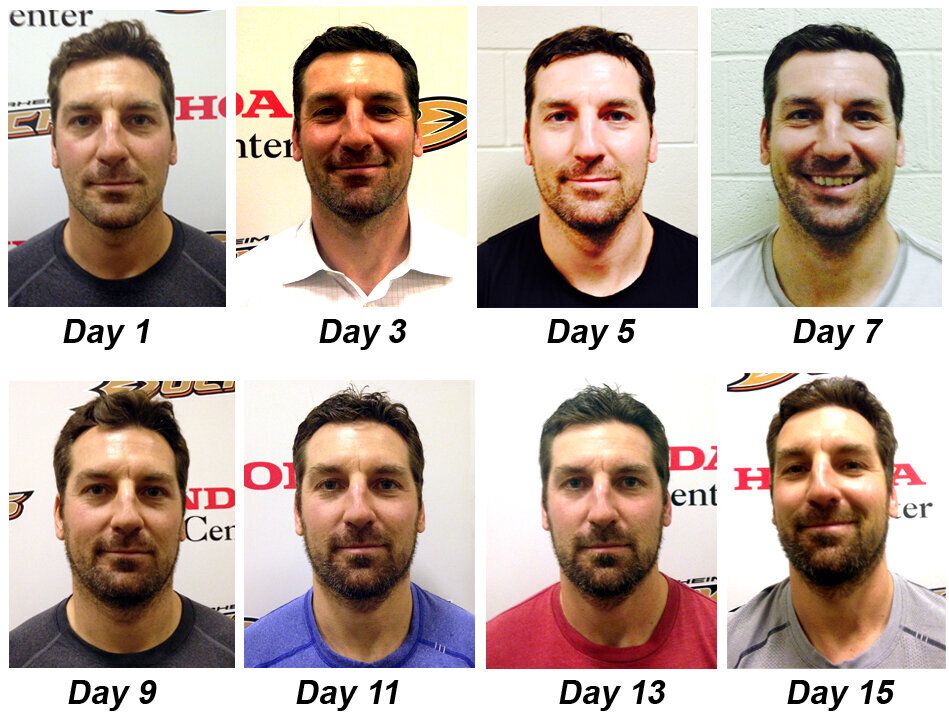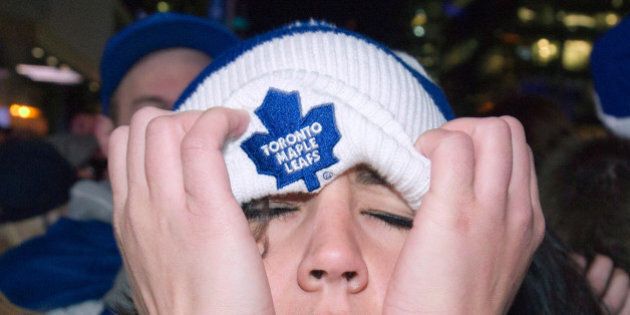
July 1 is an important day for Canadians as they celebrate the country's founding. It's also the first day that NHL teams can sign free agents for the upcoming season. Many will be watching to see if their favourite teams land a superstar.
There's a lot of speculation that the Ottawa Senators and Toronto Maple Leafs will be active this free agent season. Both teams failed to make the playoffs last year and will likely pursue new players to get them back into contention.
But taxes can be a roadblock to attracting new talent. For these two Ontario-based teams, statutory personal income tax rates are now among the highest in North America. And if the re-elected Wynne government retables its May budget on July 2, upper earners including professional athletes will face even higher personal taxes.
NHL players in free agency can choose which teams they want to play on. Of course, a number of factors matter for where free agents such as Jarome Iginla and Martin Brodeur ultimately end up. This includes things like whether a team is a Stanley Cup contender, the calibre of the coach, and a city's climate and amenities.
But one important consideration is a jurisdiction's personal income tax system. After all, high personal tax rates result in lower after-tax income so players who earn the same salaries but play for different teams will have different after-tax income. A Maple Leafs player living in Ontario will keep much less income after tax than a Dallas Stars player living in Texas.
We shouldn't be surprised that taxes play a role in these decisions. Athletes are generally highly-skilled, young, and mobile.
And research confirms the importance of taxes. Consider a 2013 study published in the prestigious American Economic Review journal that looked at the extent to which tax rates in Europe are associated with the movement of soccer players. The study found that tax rates significantly affected the decisions of soccer players about which to team to play for. Similarly, a 2011 study examined the relationship between tax rates and the quality of basketball players that NBA teams attract and found teams in states with lower income tax rates signed more skilled players.
Unfortunately, Ontario-based hockey teams do not fare well with respect to competitive tax rates. Leaving aside other types of taxes and certain tax deductions and provisions (including so-called "jock taxes" whereby certain U.S. states impose taxes on visiting athletes), the fact is players for the Leafs and Senators face high statutory personal tax rates.
Using the minimum league salary of $550,000 as the benchmark, the top income tax rates in 2014 among the provinces with NHL franchises vary from 10 per cent in Alberta to 20.53 per cent and 20.97 per cent in Ontario and Quebec, respectively. After accounting for the top federal personal income tax rate, players on the Maple Leafs and Senators could be paying marginal rates as high as 49.53 per cent of their income.
In comparison, players on American teams face lower combined federal and state tax rates at this income level (with the exception of the three California-based teams). And if we account for the marked difference in income thresholds at which these tax rates apply (the top federal rate in Canada applies to income above $136,270 versus $406,750 in the U.S.), Ontario-based teams are at an even bigger competitive disadvantage.
Ultimately, this means that teams in uncompetitive tax jurisdictions like Toronto and Ottawa will have a more difficult time attracting NHL free agents. But these challenges are not unique to professional hockey players. Ontario's high personal taxes also erect roadblocks to attracting and retaining other skilled workers such as entrepreneurs, doctors, and engineers.
The NHL's free agency frenzy is a good reminder of the potential consequences of uncompetitive taxes. High taxes not only make it difficult to attract top NHL talent to Toronto and Ottawa, they also create disincentives for businesses and workers to move to and invest in Ontario. That's simply not a way to win a Stanley Cup or to turn the province's economy around.
ALSO ON HUFFPOST:
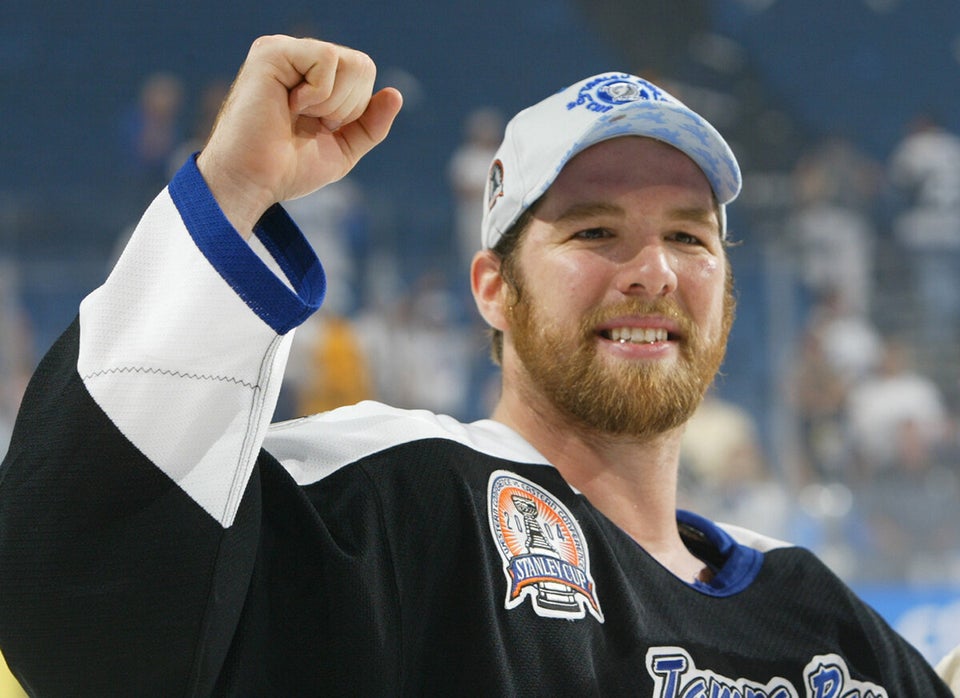
Pros: even distribution, nice color, above-average grooming
Cons: lack of imagination, and...above-average grooming
Final Score: a solid C
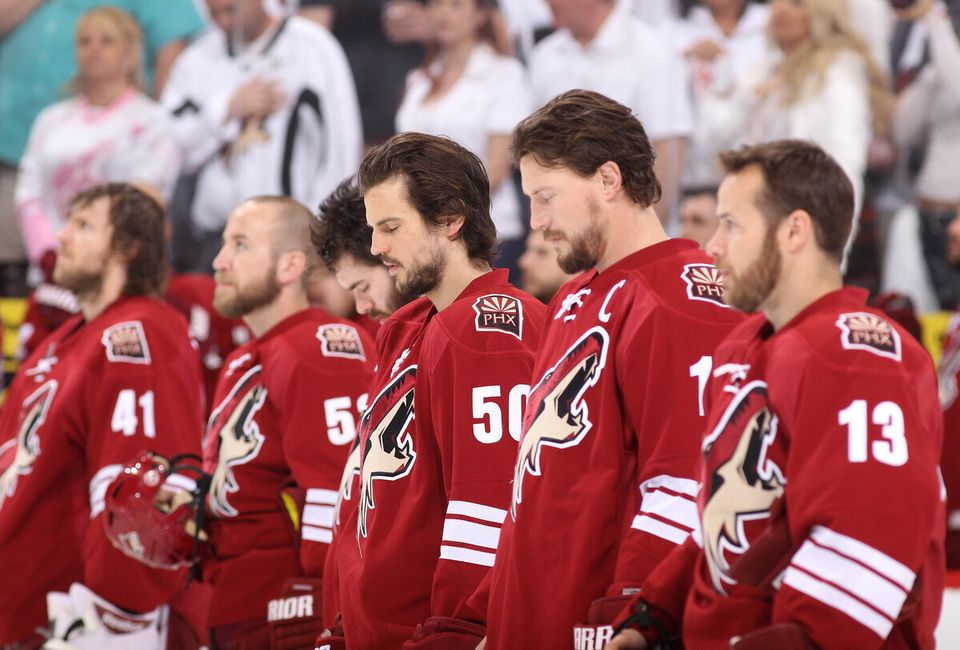
Pros: huge props for team effort
Cons: notable lack of aggressive, unruly growth
Score: C+
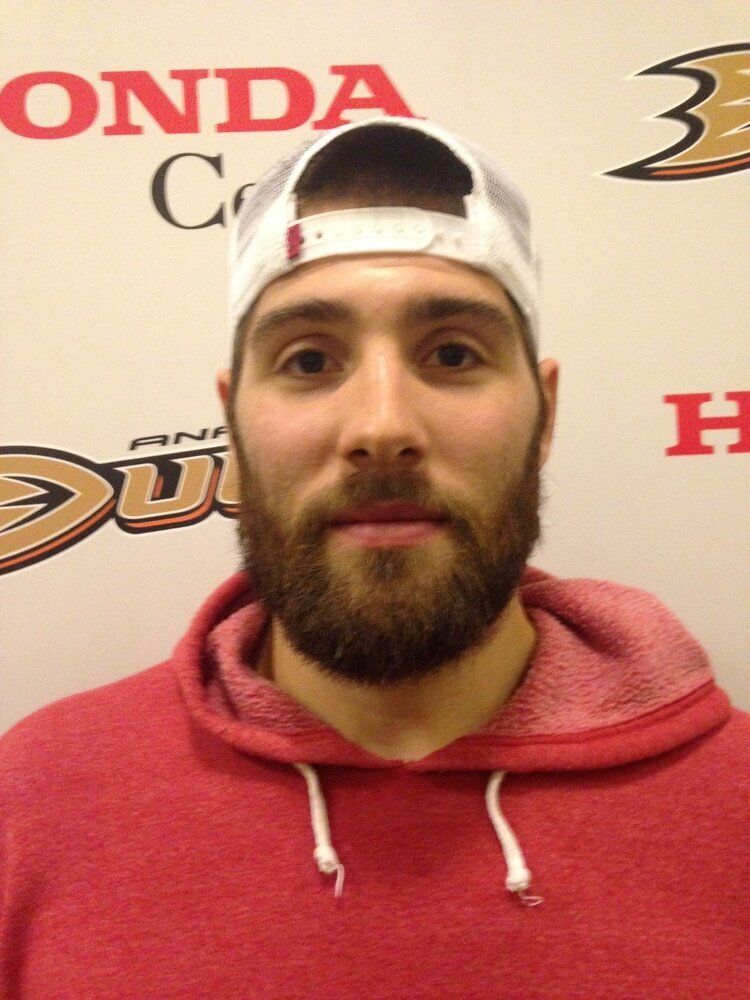
Pros: the perfect beard for the well-groomed guy
Cons: not ambitious enough for a dude with some serious hair-growing potential
Score: B-

Pros: striking color to scare off predators
Cons: missed growth opportunity (i.e., could be longer)
Score: B-
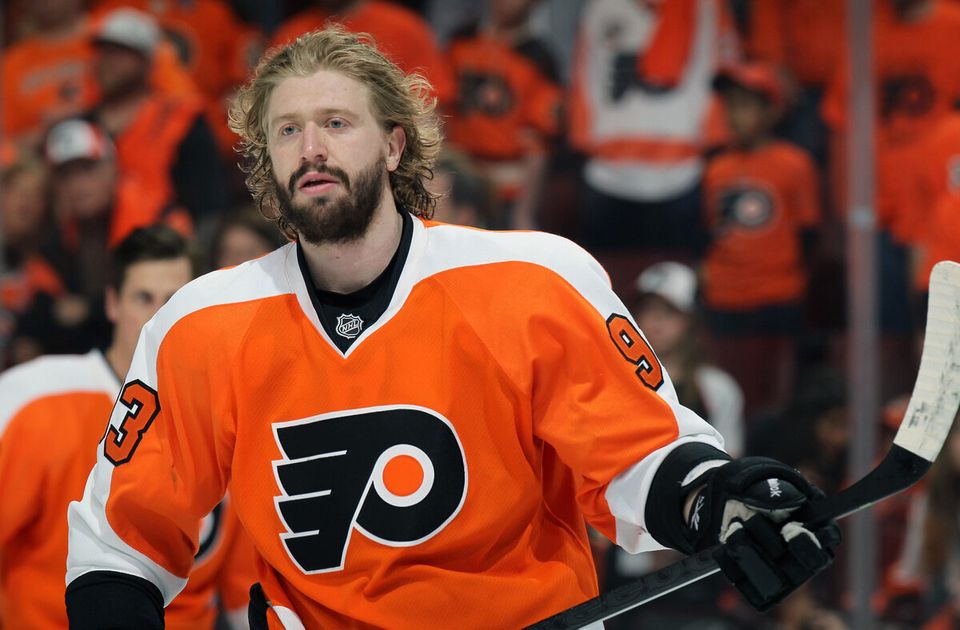
Pros: inexplicable blonde-black combo, impressive handlebar mustache situation
Cons: sideburns noticeably absent and/or undefined
Score: B
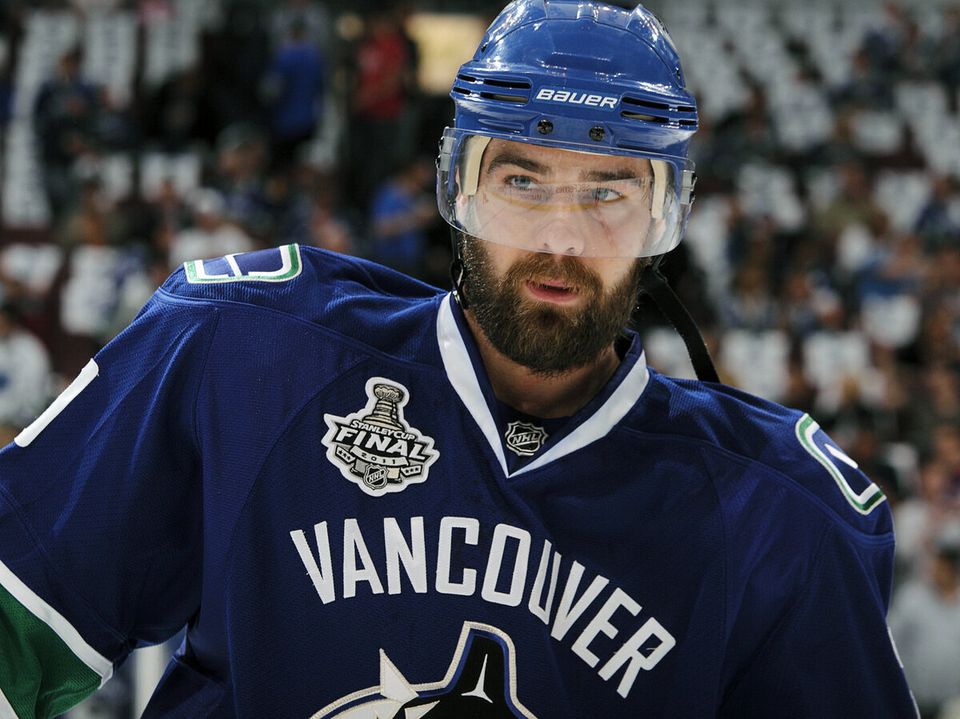
Pros: the kind of beard that makes one stop and think, "damn, that's a manly beard."
Cons: distracting, untrimmed mustache hairs
Score: B
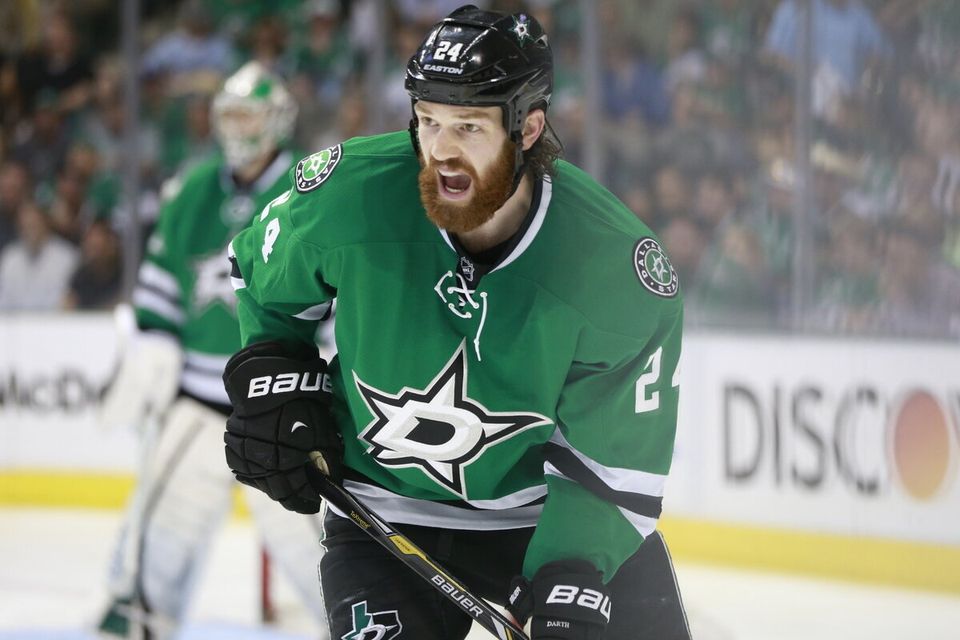
Pros: excellent facial expression/facial hair harmony
Cons: none really, but we've seen better
Score: B

Pros: perfect juxtaposition of untamed length and well-groomed shaping
Cons: holding back a bit on the sides
Score: B
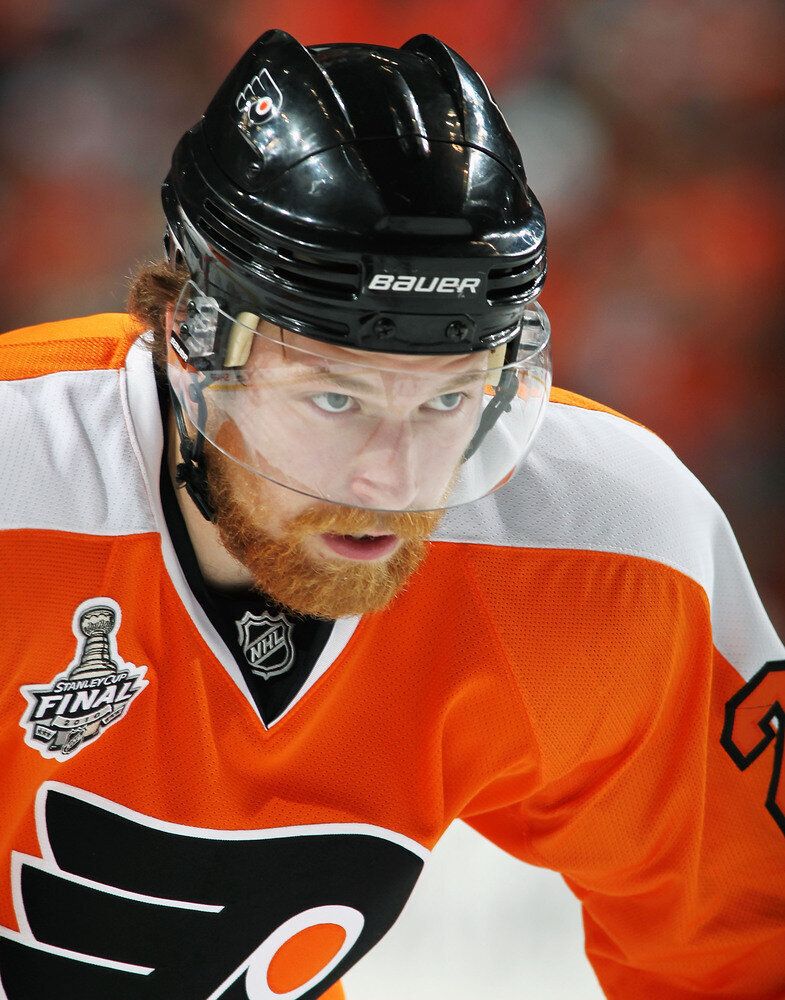
Pros: coloring pairs perfectly with the Flyers uniform (sorry, Ville)
Cons: notable gap between mustache and chin beard
Score: B+
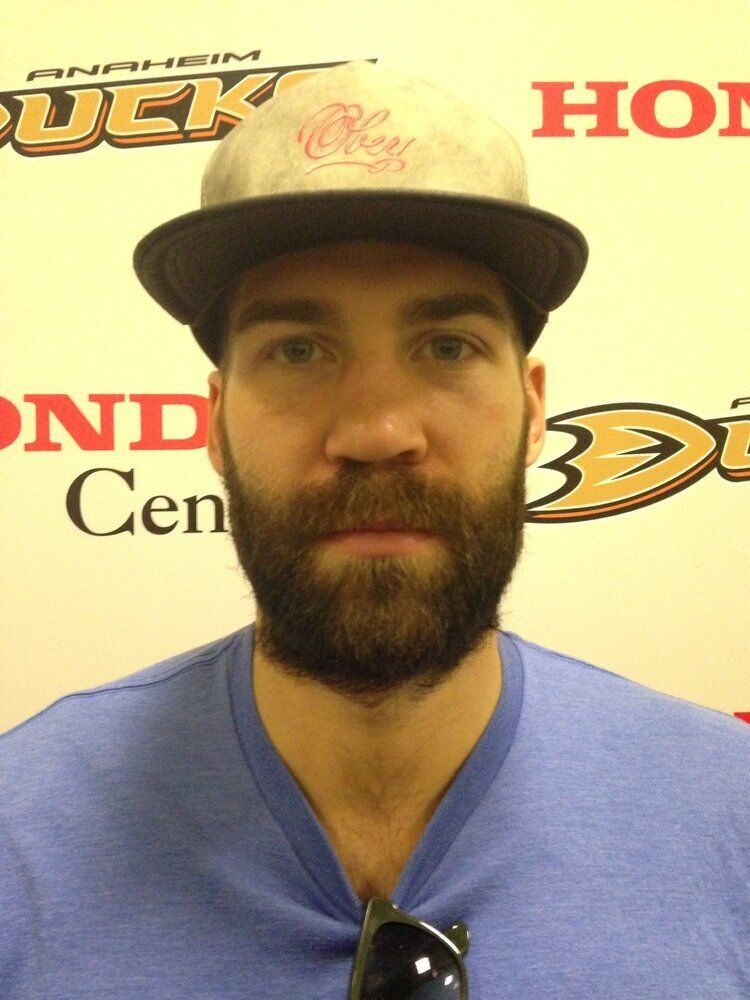
Pros: aggressive neck beard, yet still somehow real-life appropriate
Cons: perhaps a little too real-life appropriate
Score: B+
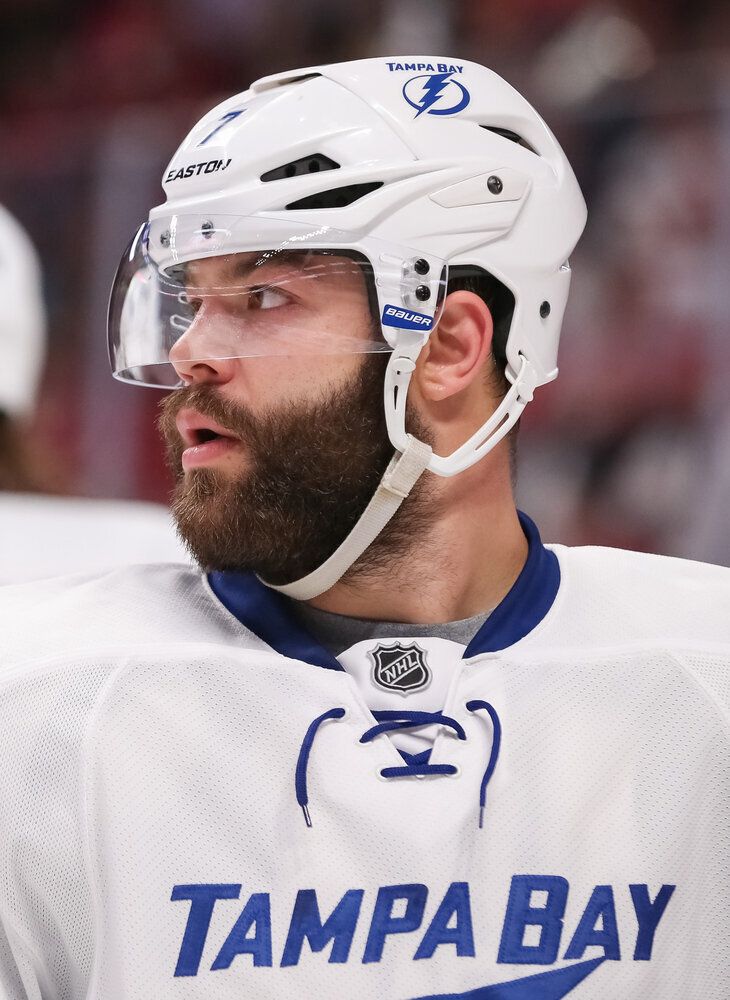
Pros: basically sets a new standard for all of mankind's future neck beard attempts
Cons: didn't fulfill expectations
Score: B+
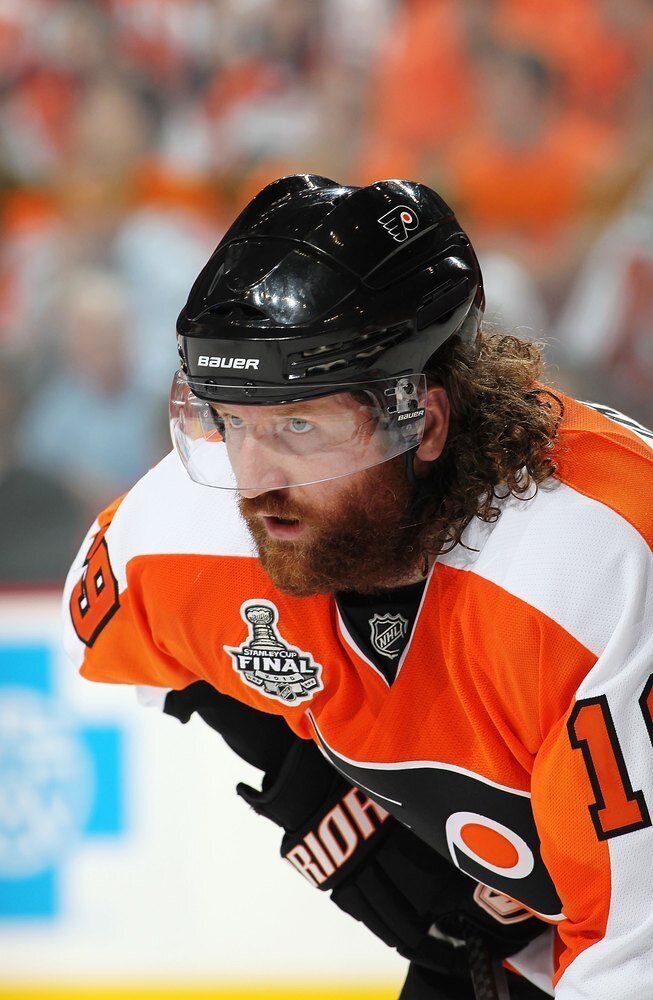
Pros: thinks outside the box (and face)
Cons: too much of a good thing?
Score: A
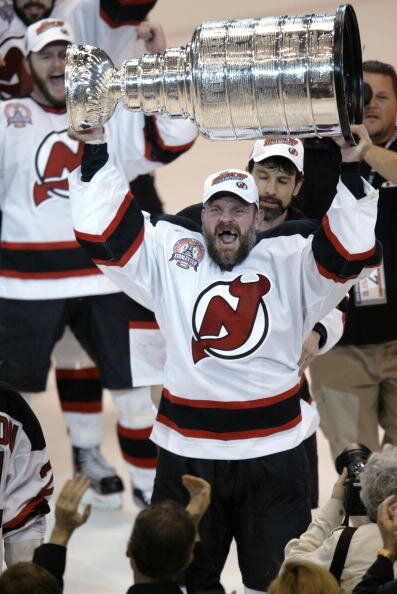
Pros: epic toothlessness makes this glorious masterpiece even more complete
Cons: objectively, very patchy
Score: A
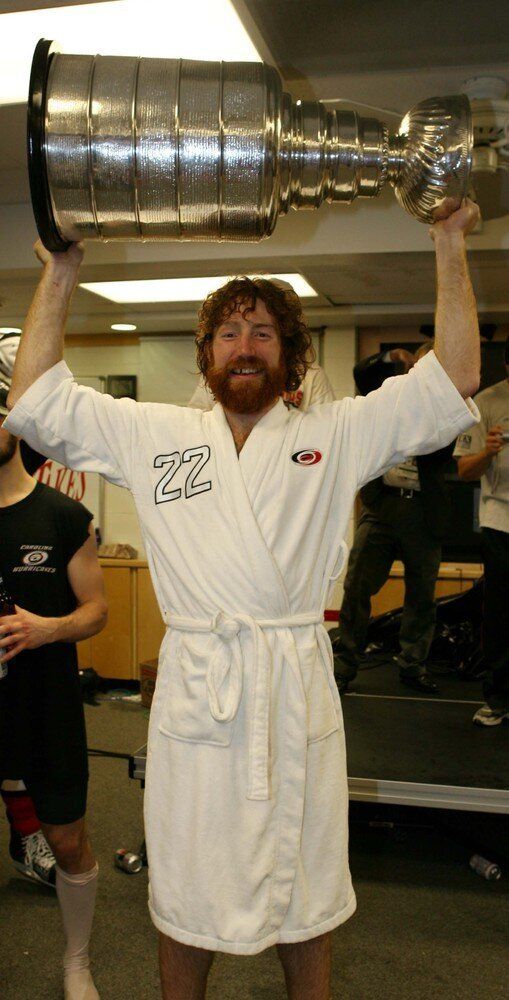
Pros: nails the playoff beard hat trick -- loud color, unruly shape and all-over shag. Plus, the bathrobe brings the Dude aesthetic to life in a truly delightful way.
Cons: absolutely none
Score: A+
